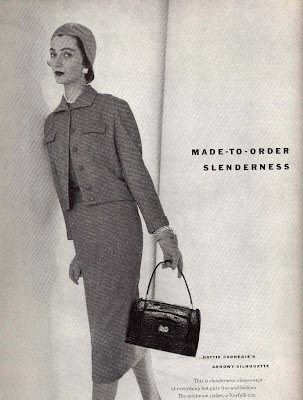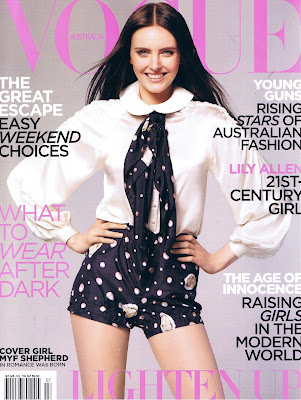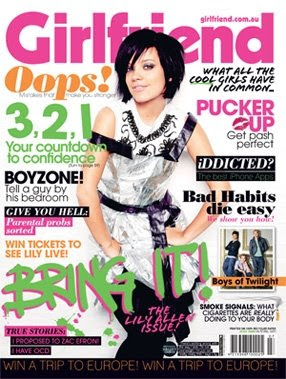 Published on Saturday, Good Weekend magazine devoted five pages and a cover to comedian/TV host/author Gretel Killeen (see right), who just so happens to have a new book due out right about now (The Night My Bum Dropped is on my bedside table pending review).
Published on Saturday, Good Weekend magazine devoted five pages and a cover to comedian/TV host/author Gretel Killeen (see right), who just so happens to have a new book due out right about now (The Night My Bum Dropped is on my bedside table pending review). Killeen, 46, gives journalist Mark Dapin (author of Sex and Money; former lad mag editor) some killer quotes to work with. Of note this pertinent one regarding Big Brother and the tabloid media, which reflects the sentiments expressed by Oliver Burkeman:
"As time progressed, we needed drama, drama, drama, and that's what we've created in our society, too. You can see that in women's magazines now, and in much of the news coverage – simple information is not enough. It has to be coloured in and exaggerated and sometimes completely fabricated, because we live in this hyper-real situation. It's created an appetite where normality is not enough, and I'll be interested to see how it plays out, because I don't think that's an eternally expanding notion. You can't continue to inflate things. One day it's got to pop."
Killeen's own media narrative is sensitively dissected by Dapin in 'A handle on Gretel'. She is a self-aware, media-savvy interviewee who "seldom gives serious interviews" and whose book is an "extended comic monologue" from which "very little personal information" can be garnered. Dapin says she "smiles continually, even while she expresses sadness or frustration, to show that she is not embittered or angry." She doesn't want to be portrayed as a whinger, even after receiving cruel feedback on her Logie's hosting performance.
Dapin dives into her northern Sydney
 upbringing, academic achievements (she was school captain), the burden of the Methodist faith ("it can tend to make you feel like your thoughts are wrong, your personality is wrong, your pursuits are wrong...") and her early failed marriage. She worked in advertising as a voiceover artist in the 80s ("a time of great indulgence, great camaraderie and rampant sexual harassment") before scoring gigs on TV (Beauty and the Beast, Midday show) and her career-defining, and often controversial, Big Brother role, for which she copped a lot of flack.
upbringing, academic achievements (she was school captain), the burden of the Methodist faith ("it can tend to make you feel like your thoughts are wrong, your personality is wrong, your pursuits are wrong...") and her early failed marriage. She worked in advertising as a voiceover artist in the 80s ("a time of great indulgence, great camaraderie and rampant sexual harassment") before scoring gigs on TV (Beauty and the Beast, Midday show) and her career-defining, and often controversial, Big Brother role, for which she copped a lot of flack.She says: "One of the things that has happened in our society is we've created a culture that some refer to as tall poppy but I think could also be referred to as bullying. We're so concerned with bullying within schools, without an awareness of the bullying that we hear on breakfast radio shows and in the magazines and so many newspapers, which is about making someone the butt of a joke. And the logical consequence of that is it tells people it's okay to treat other people like that... I fear that one day the lies and fabrications and the elaborations will hurt someone irreparably."
I've no doubt Michael Jackson would have agreed. Perhaps this is why publications like Good Weekend, and journalists like Barbara Walters and Tracy Grimshaw, get such excellent celebrity interviews (recently, author Nikki Gemmell and Kath & Kim's Gina Riley have appeared in Good Weekend, too): they respect their subjects and their readers.
Yours truly,
Girl With a Satchel






















































